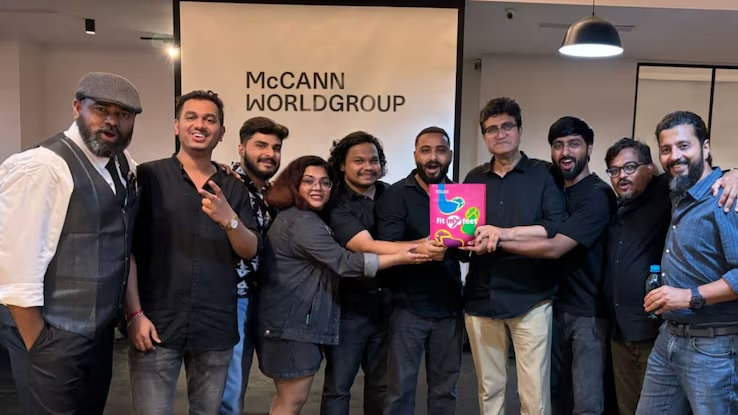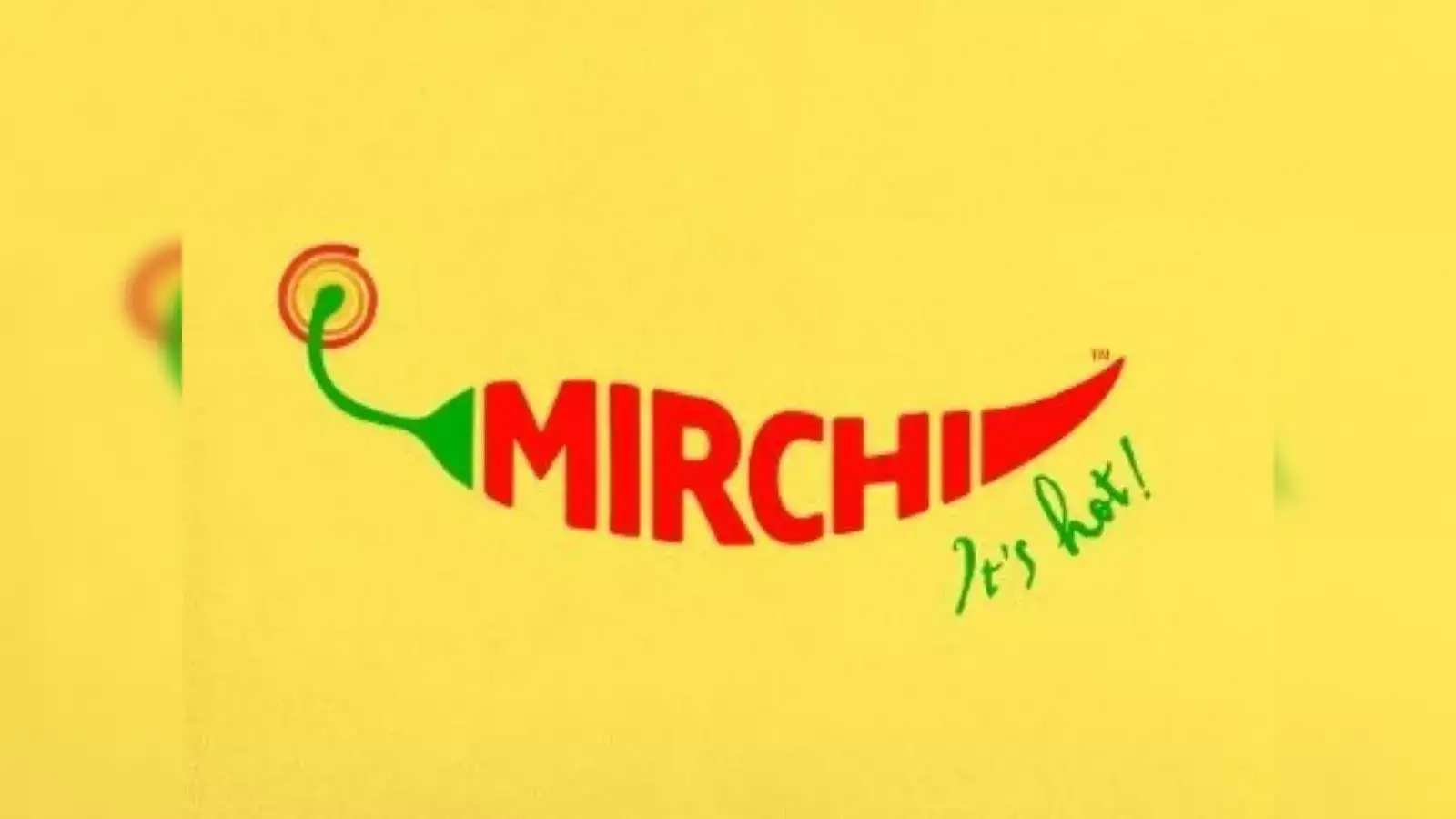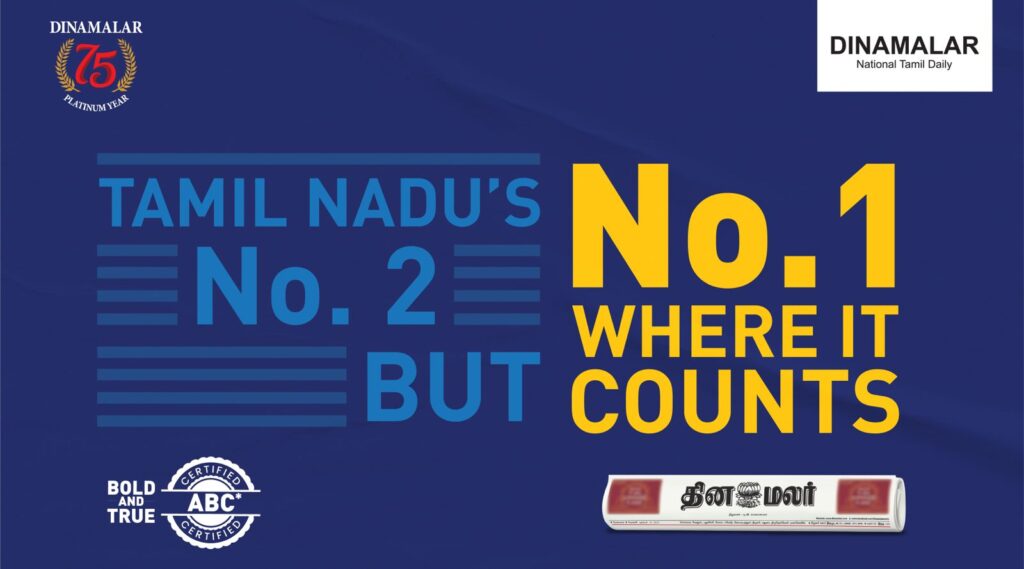McCann Worldgroup India Wins Silver, Bronze & 5 Merits at One Show Awards 2025
Campaigns for Buckaroo Footwear and ESAF Small Finance Bank celebrated for creativity with social impact. McCann Worldgroup India has emerged as a major winner at the One Show Awards 2025, securing a total of seven honors: one Silver, one Bronze, and five Merit Awards across multiple categories. The agency’s acclaimed campaign “Fit My Feet” for Buckaroo Footwear earned top recognition, winning a Silver in IP & Product Design and a Bronze in the Health & Wellness category. The campaign also picked up four Merit Awards for its innovative approach and wide-reaching impact. “Fit My Feet” addressed the needs of individuals born with clubfoot, a condition that affects tens of thousands of children annually in India. The initiative introduced an affordable, functional footwear solution that could be easily customized. Since its launch in early 2024, over 228,000 pairs have been distributed through a nationwide network of more than 4,500 cobblers, significantly enhancing mobility and independence for those affected. Additionally, McCann’s campaign “Dabba Savings Account” for ESAF Small Finance Bank received a Merit Awardin the Direct Marketing category. The campaign cleverly reimagined the humble steel dabba—a staple in Indian kitchens—by adding a hidden compartment for saving money. This small but powerful innovation promoted financial literacy and inclusion among rural women, contributing to the opening of over 120,000 new bank accounts in underserved communities, without relying on traditional advertising. Prasoon Joshi, Chairman of McCann Worldgroup Asia Pacific and CEO & CCO of McCann Worldgroup India, reflected on the wins: “It’s deeply fulfilling to work on ideas grounded in empathy and everyday realities that resonate on a global stage. These campaigns are a reminder that creativity, when driven by purpose, can become a genuine force for change—whether it’s improving mobility for those with clubfoot or enabling rural women through financial empowerment. I’m grateful to the jury for this recognition, which I accept on behalf of my entire team committed to making ideas matter.”












